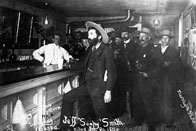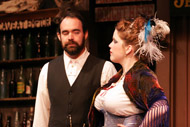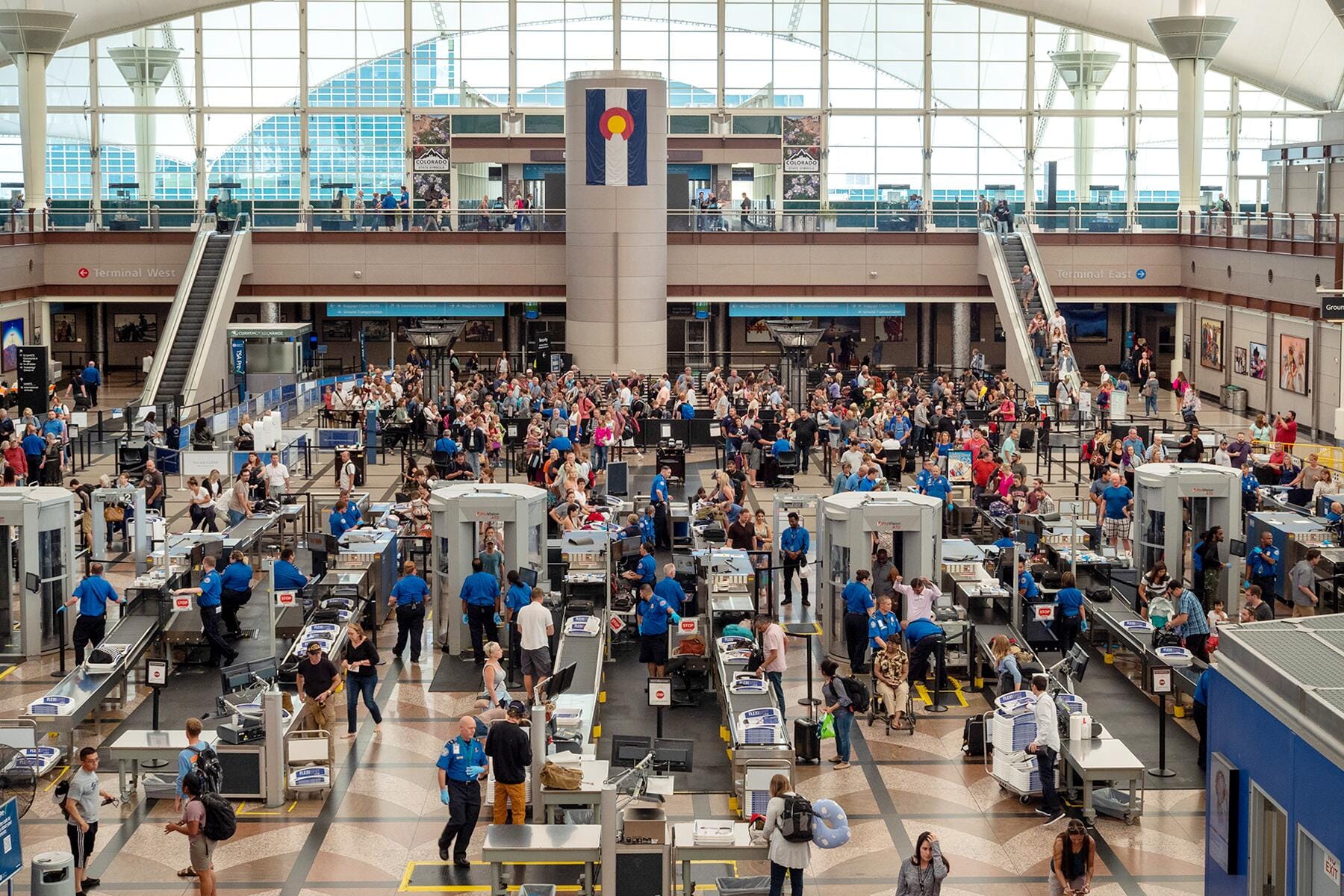Pioneers and prospectors came to the far north looking for the thrill of the final frontier, and for today’s visitors Alaska remains a vast rugged land filled with natural beauty. Skagway is one Inside Passage town where the state’s unique history is well served. The snow-capped mountains, crystal clear lakes, and evergreen forests remain as striking today as they were to the area’s first settlers, but also many of the gold rush era attractions have been well preserved. Here’s a view into Alaska’s past and the top ways to experience history in Skagway today.


Prospectors & The White Pass
Once news of the great gold strike in the Yukon spread throughout the country in the summer of 1887, a stampede to the far north began. The shipping companies, glossing over the perils that awaited travelers, settled on a route that took ships along the southeastern Alaskan coast and through the long Lynn Canal directly to a hectic new tent town—Skagway, Alaska.
Skagway was the entry point to the White Pass, a gap over the mountains that led to the Yukon River and into the Klondike gold fields. And while the Pass was a daunting journey, an obstacle course with narrow, twisting trails leading to a sky-high summit, all through that first year people flocked to the settlement whose name was inspired by the Indian word Skagus—the home of the North Wind.
Recommended Fodor’s Video
Where to Experience History: Alaska’s only railroad, White Pass & Yukon Route (above right), offers a scenic ride along cliff-hugging track to the White Pass summit. It’s a way to share the prospector’s experience—only without the hardship.


The Transformation of a Town
Skagway is an idyllic site, a flat patch of windblown land nestled between a beach, clear blue alpine lakes, and a fortress of jagged-peaked mountains. Its only inhabitants were a single self-sufficient family living in a log cabin. But by the Spring of 1898, as the thick crust of ice on the trail began to melt, Skagway had been transformed into a rip-roaring tent city bustling with over 10,000 people, and more arriving each warm day.
Its main commercial thoroughfare was only a stretch of black mud grandly christened Broadway Avenue, but four saloons—the Pack Train, the Bonanza, the Grotto, and the Nugget, kept things hopping all day and all night. It was a town without rules or law, a spreading tent city of restless, overwhelmed new arrivals who had traveled thousands of hard miles. And come November, winter began to take its suffocating hold. The hordes grew impatient, cold, and bored. It was a dark, dangerous season.
Where to Experience History: This first cabin built in 1897 by William Moore and his son has been preserved by the Park Service: Moore Cabin. Next door is a more substantial residence that was built as both the town and the family prospered, Moore House, which also contains fascinating exhibits about the Moore family. An intriguing overview of the town (above right) is in the Skagway Museum. It’s filled with both native Indian and gold rush era artifacts. And the Klondike Gold Rush National Historic Park, in a former railroad depot, contains exhibits and photos from the White Pass and Chilkoot Trail.


Gold, Murder, and Mystery
When Superintendent Samuel Steele of the North-West Mounted Police crossed the border for a visit, he felt as if he had entered “hell on earth.” Bullets ripped through the walls of his cabin and roaring gunfights left mortally wounded victims lying in the streets. “Skagway,” the veteran Mountie decided, “was about the roughest place in the world.”
A century ago Skagway was a town filled with schemers and dreamers, with gun men and intrepid prospectors, a town where people passed through on their way to get rich. And you can experience that history too in The Floor of Heaven—and by visiting yourself.
Where to Experience History: For a taste of what the pioneers enjoyed in this wide-open tent city, check out The Days of 98 with Soapy Smith, (above right) a local theater show that captures a night on the town in the gold rush era with cancan dancers and even a shoot-out. You can also have a drink at the only remaining gold rush era bar, the Red Onion Saloon. For a historical night’s stay, consider the Golden North Hotel.
Plan Your Alaska Trip
Alaska Destination Guide
Inside Passage Destination Guide
Tips to Choose Your Alaska Cruise
 About the AuthorBestselling author Howard Blum’s latest book, The Floor of Heaven is inspired by the tumultuous events in Skagway, Alaska. It’s a true story about a cowboy turned Pinkerton detective who chases a great mystery into the heart of the Yukon gold rush. To learn more about Howard Blum, follow him on Facebook, Twitter, or on the web at HowardBlum.com.
About the AuthorBestselling author Howard Blum’s latest book, The Floor of Heaven is inspired by the tumultuous events in Skagway, Alaska. It’s a true story about a cowboy turned Pinkerton detective who chases a great mystery into the heart of the Yukon gold rush. To learn more about Howard Blum, follow him on Facebook, Twitter, or on the web at HowardBlum.com.
Photo Credits: There were two main ways into the Yukon – over the Chilkoot or the White Pass trails. “One was hell, the other damnation.” (Alaska State University, Sadlier/Olsen Family Photograph Collection, P289-217); White Pass railroad courtesy Brian Adams / Travel Alaska; Nearly a half-million people from across the world decided to make for the Klondike, and rip-roaring frontier tent cities sprung up to welcome them. (Washington State University Archives, BEO37910); Skagway main street courtesy Brian Adams / Travel Alaska; Soapy holding court in “Jeff’s Place” in Skagway, Alaska. (Washington State University Archives, IH136496); and Days of 99 show courtesy Brian Adams / Travel Alaska.


